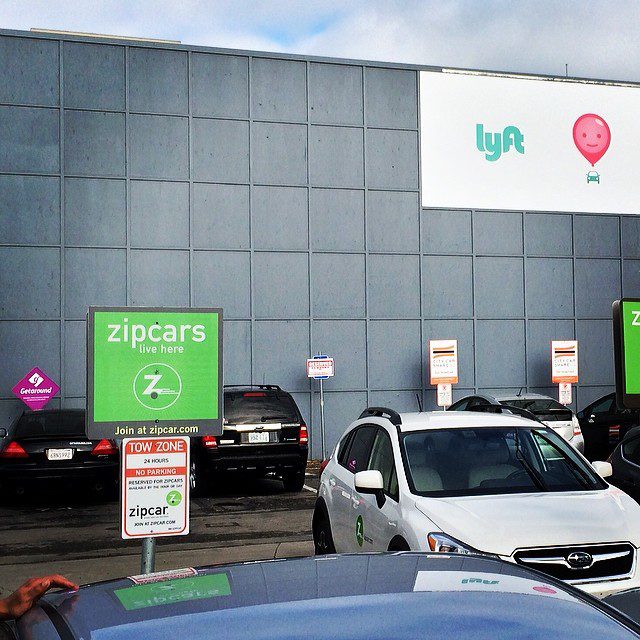
Pew Research Center recently released a study on the sharing economy and the ways it is being adopted by Americans. The study found that while 72% of Americans have used some type of shared or on-demand online service, the types of services used vary widely according to age. Ride-hailing apps in particular were very much slanted toward a younger demographic. Apps such as Uber or Lyft which enable the user to “hail” a nearby driver to pick them up and bring them to their desired destination seem to be used primarily by the young. Despite some ride-hailing apps targeting an older demographic (for example, Via, which has a large senior citizen user base) the study found that “the median age of adult ride-hailing users in the United States is 33.”
This is not difficult to believe. It’s natural that the younger generation is more comfortable with the relatively new ideas of ride-hailing, ride-sharing, and the sharing economy in general. But can it be something as simple as comfort level that influences who is using these services?
The study didn’t go into specific motivations for using ride-hailing services, but it did find that “86% of ride-hailing users feel that these services save their users time and stress.” In addition to saving time and stress, it can be hoped that there is also a shift in the younger generation of adults toward wanting to live more sustainably. It is adults in their mid-30s who are among the first to have grown up with climate change discussions being a normal part of their education and culture.
Single-purpose rides, purchasing vehicles that spend large amounts of time sitting idle in driveways, and driving around with a largely empty car most of the time are all things that can be avoided by carpooling, ride-hailing, or using public transportation. UBER’s and Lyft’s addition of carpooling options in addition to their usual ride-hailing make it easier than ever to utilize cars to their utmost capacity. It’s encouraging to note that people in this segment, “are less likely than other Americans to own a car – but also rely heavily on a range of other transit options.” Is this telling of a shift toward more environmentally-friendly modes of getting around? We certainly hope so.
Interestingly, the study also looked at whether or not respondents thought ride-hailing apps were a good way for parents to get their kids places when they weren’t able to drive themselves. “Only around one-third (34%) of ride-hailing users feel that these services are a good way for parents to make sure their children get around safely when they can’t drive them.”
Young adults growing up now and having kids will go into parenting already familiar with the idea of sharing resources—tremendously growing the market for children’s carpooling and ridesharing.
We believe that the ride-hailing and car-sharing market is still emerging, and we look forward to seeing the next generation take the initiative to find safer and smarter ways to get around.


